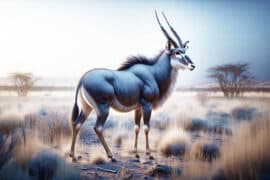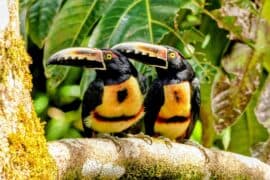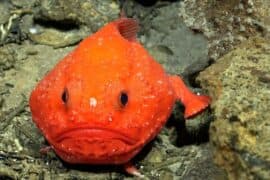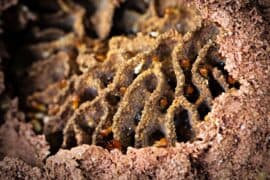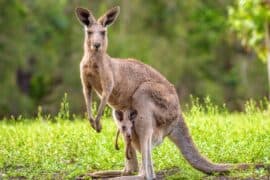Common bottlenose dolphin
(Tursiops truncatus)
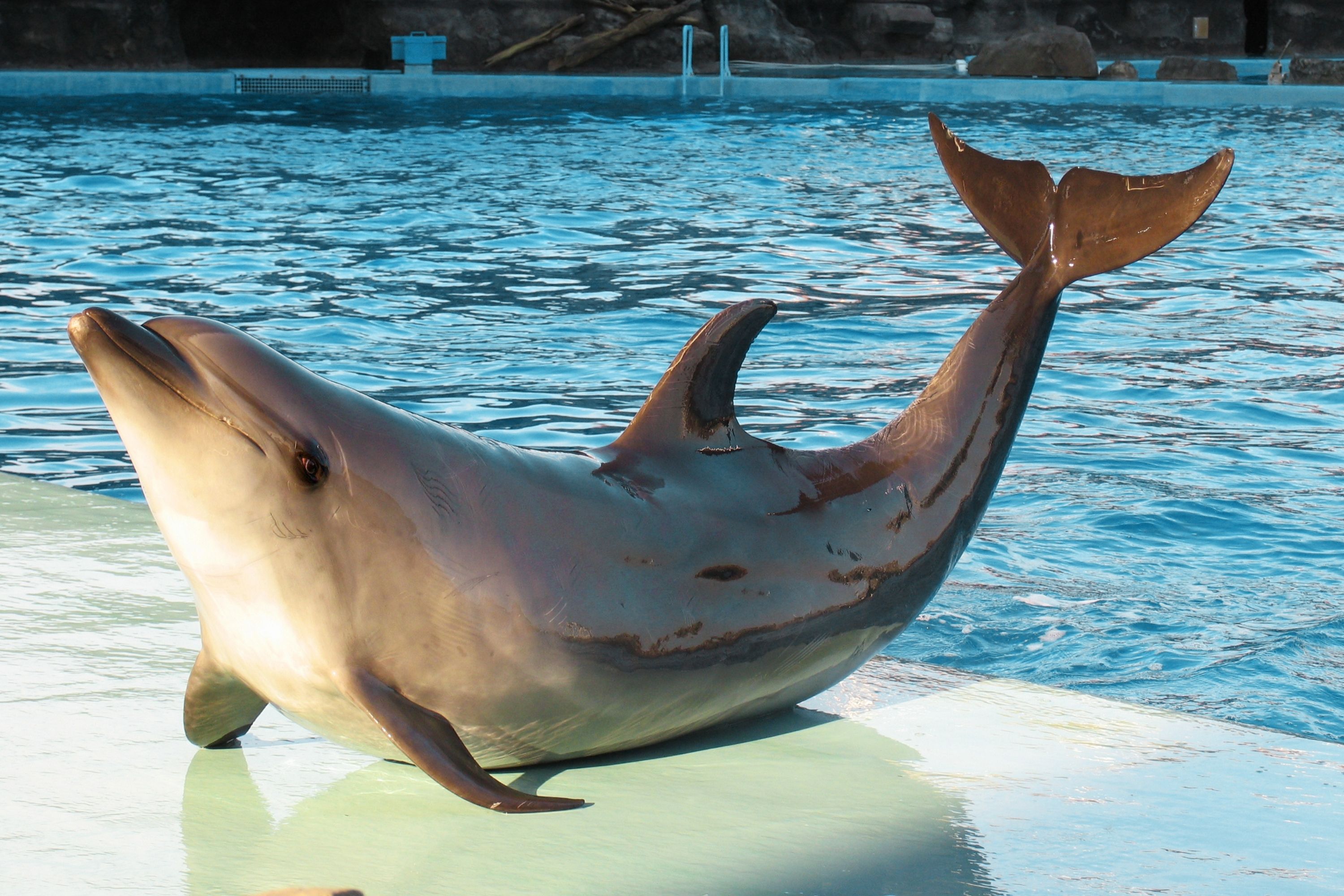
Description
The common bottlenose dolphin or Atlantic bottlenose dolphin (Tursiops truncatus) is a wide-ranging marine mammal of the family Delphinidae. The common bottlenose dolphin is a very familiar dolphin species due to the wide exposure it receives in captivity in marine parks and dolphinaria, and in movies and television programs. It is the largest species of the beaked dolphins. It inhabits temperate and tropical oceans throughout the world, and is absent only from polar waters.While formerly known simply as the bottlenose dolphin, this term is now applied to the genus Tursiops as a whole. These dolphins inhabit warm and temperate seas worldwide. As considerable genetic variation has been described among members of this species, even between neighboring populations, many experts consider that additional species may be recognized. Common bottlenose dolphins are grey in color and range between 2 and 4 m (6.6 and 13.1 ft) long, and weigh between 150 and 650 kg (330 and 1,430 lb). Males are generally larger and heavier than females. In most parts of the world, the adult's length is between 2.5 and 3.5 m (8.2 and 11.5 ft) with weight ranging between 200 and 500 kg (440 and 1,100 lb). Dolphins have a short and well-defined snout that looks like an old-fashioned gin bottle, which is the source for their common name. Like all whales and dolphins, though, the snout is not a functional nose; the nose has instead evolved into the blowhole on the top of their heads. Their necks are more flexible than other dolphins' due to five of their seven vertebrae not being fused together as is seen in other dolphin species. The common bottlenose dolphin has a larger brain than humans. Numerous investigations of bottlenose dolphin intelligence include tests of mimicry, use of artificial language, object categorization, and self-recognition. This intelligence has driven considerable interaction with humans. The common bottlenose dolphin is popular in aquarium shows and television programs such as Flipper. It has also been trained for military uses such as locating sea mines or detecting and marking enemy divers, as for example in the U.S. Navy Marine Mammal Program. In some areas, they cooperate with local fishermen by driving fish toward the fishermen and eating the fish that escape the fishermen's nets.
Taxonomic tree:

